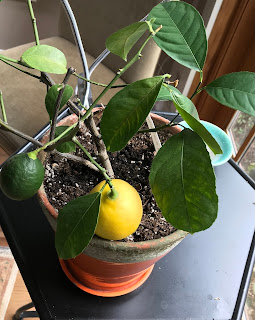Keeping the edges straight on a piece crocheted in dc (double crochet - US terminology) can be a challenge, especially if (like me) you learned to chain 3, count that as a stitch, skip the next chain and proceed down the row. From the first photo you can see that there is a small gap between the chain 3 and the next crocheted stitch.
Later on I learned that some crocheters made the same chain 3 to begin a new row, but did NOT count the chain as a separate stitch -- it was merely a bit extra at the edge. This took care of the unsightly gaps, but that extra bit gave the edges a wavy, or scalloped, look as you can see in the middle photo. That's not always a bad look, but for those times when you'd prefer a straighter edge I've found a method that works fairly well -- it won't be razor straight -- but it will be a neater edge.
Photo 3 illustrates this newer method. I've seen it referred to as a "stacked" method and since that makes sense to me that's what I'll call it. There may be other names though! I don't know who came up with this first, so I can't give credit, but I
can give thanks to whoever it was -- it's fairly simple, and it really helps straighten things out! (Click photos for larger image)

For the stacked method, you do not chain anything at the end (or beginning) of your dc row. You simply turn the work, and in the very first stitch make a sc (US terminology) in that stitch in the usual way. See photo a) for where to begin, see photo b) for first sc made.
Now in the sc that you just made you will insert your hook into the LEFT (as facing you - photo c)) leg of that sc and work another sc. So, hook into left leg, yarn over hook, pull through --2 loops now on hook -- yarn over hook again and pull through both loops on hook. This gives you the effect of two sc stitches, one sitting atop the other.
Photo d) shows the completed "stack". From here you continue the row as usual. You will have noticed that this method was illustrated on a piece that had already been started. But how do you do this if you want to start from the very beginning chain? The answer -- I don't know, I've never done it that way. I had read a hint somewhere to make the very first row of your project in sc and that seemed much more sensible (to me) than trying to wrangle this stacked dc into a beginning chain. You may feel differently, so experiment -- nothing to lose but a bit of time!


































